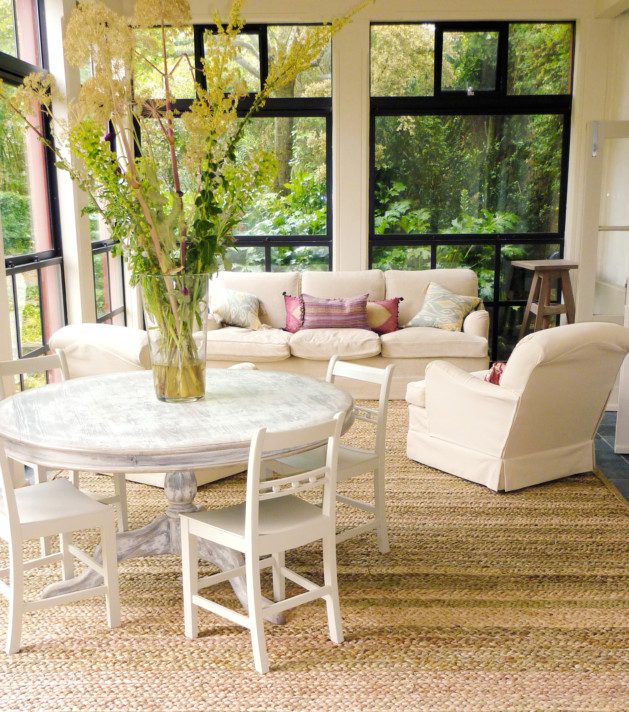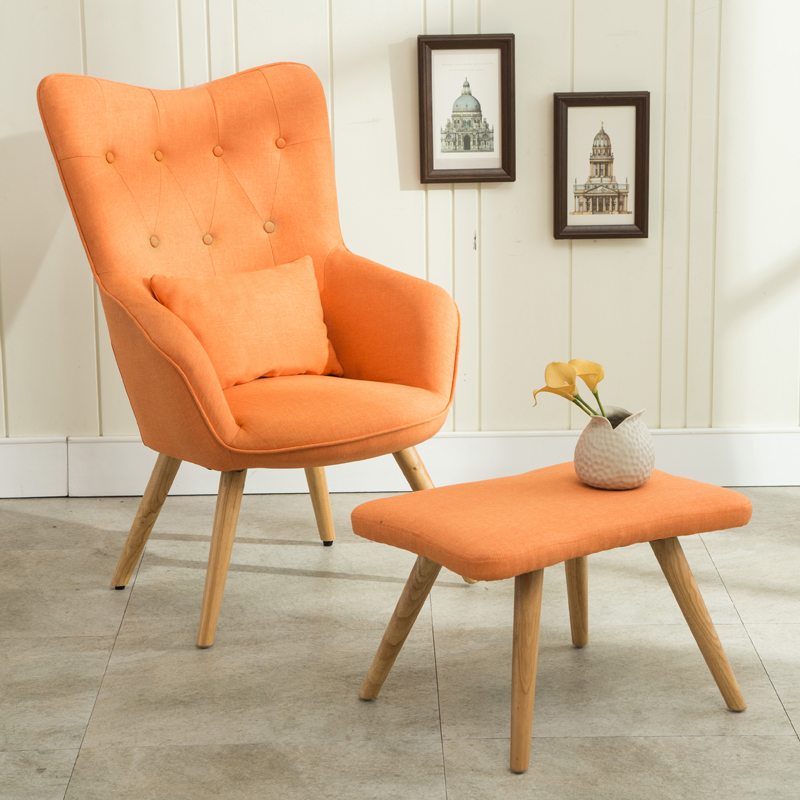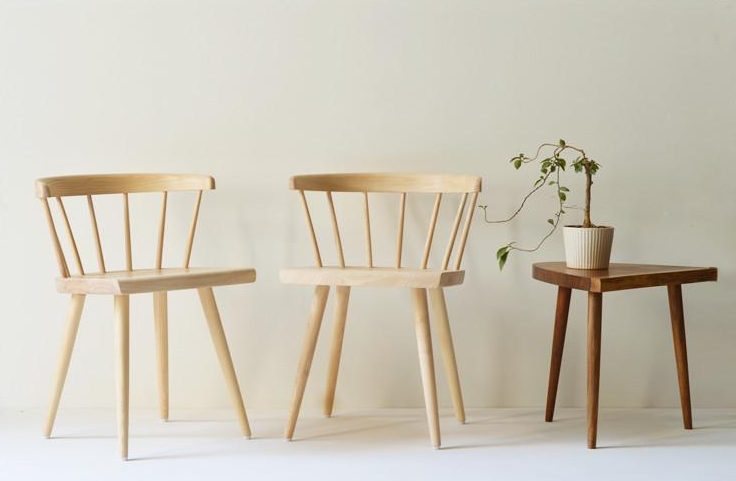The growing trend for using environmentally friendly furnishings in the living room may appear at times as innovative and new.
However, many of the most popular ideas that use sustainable materials to their best advantage, have been creating traditionally stylish living rooms for centuries.
Versatile Ash Furniture
One of the most sustainable hardwoods for furniture is the Common Ash (fraxinus excelsior), a native British tree that can live for more than four hundred years.
For centuries it has been part of traditionally managed forests with individual trees being coppiced every twelve years to encourage fresh timbers destined for a variety of practical uses.
Ash is a robust wood that has a natural elasticity that allows it to be steamed and bent into elaborate curved shapes. A perfect example is the classic Windsor chair that dates from the late Seventeenth Century.
With a curved back, lathe turned spindle legs and an ergonomically designed, carved seat, this remarkably comfortable chair has stood the test of time and is still much sought after today.
Furniture made from ash has a beautiful light grey, closely grained finish that has been adding a touch of elegance to living rooms for generations.
Scented Rush Flooring

Image Source
Floor coverings have always been an important part of creating a warm, comfortable atmosphere in the living room. By the early Middle Ages, floors were being strewn with loose bundles of rushes, most commonly the Sweet Flag (acorus calamus) that infused the air with a delicate aromatic scent.
During the Tudor era, the strong, tread resistant rushes were plaited and stitched together to form circular or rectangular mats, a technique that is still in use today.
Sustainable rush matting with natural, muted tones of greys, greens and browns is a beautifully stylish choice for areas of regular use. Rushes have also been traditionally woven to create the seats of chairs.
Alternative ecological plant fibres that can be made into rugs using traditional skills include sisal, hemp, jute, seagrass and recycled cotton rags.
Practical Linen Upholstery

Image Source
Linen is made from the rugged fibres of the Flax or Linseed plant (linum usitatissimum) which grows in cooler climates and has been cultivated as an important textile crop since ancient times.
It has been traditionally woven for centuries to provide fabric for a variety of uses including home accessories such as tablecloths, cushions and curtains. It has long been valued for a natural resistance to moths and an ability to absorb moisture effectively.
Although the fibres lack an elasticity which can sometimes make them awkward to weave, the resulting textured fabric has three times the strength of cotton making it an ideal hard wearing choice for the cushions of a designer sofa or chair.
As a natural plant fibre, linen can be successfully dyed using environmentally friendly dyes made from a variety of vegetables and flowers including carrots, beetroot, blackberries and marigolds.
Furnishing a living room with ecological, sustainable products is a tradition that looks set to continue.
Main Image Source
